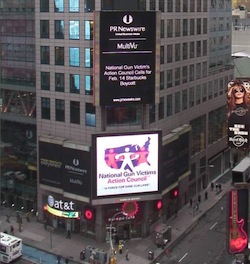So with the new job, I work from home 3 days a week, and am in the office Thursday and Friday. This is the first job I’ve had that’s done work from home, but it’s a necessity for me because of how far away corporate HQ is for the company I work, and am part owner of. So how’s working from home working out? I’m a fan. Here are some impressions:
- I recover a lot of time not having to commute. With my old job it was an hour and twenty minutes a day lost to the commute, on a good day. I can wake up at 8:30 and be downstairs at my workstation sooner than I would normally be at work. It feels like a lot of recovered time.
- After a few days you realize there’s no reason to do your typical day 9-6 day of eight hours straight with an hour lunch break. I’m not much of a 9-5 person anyway, and I’m often most productive at night. When you work from home, you can run errands during the day that at night would take longer, and do the night owl thing with your work.
- I do get a little feeling of being cooped up in my office for as long as I’m down there. It’s different than being at work, because you don’t change venues for several days straight. I used to work evenings from home previously, but at least you changed offices in the evening.
- Fast, speedy internet is a must. For me, I don’t really notice much of a difference here or there, since FiOS is really nice.
- Forget about the stereotype of working in your underwear or pajamas. I’ve found it’s best psychologically to follow a normal morning routine, and head downstairs to the office. Otherwise it feels like the weekend, and it’s hard to get started with the day.
So what am I doing? Experimenting with high-availibility Linux. I’ve managed to convince myself I know what components I’m going to use, so now it’s on to automating the builds with kickstarts and scripts. All I will say about my mission is that we will be building a high-availibility, lights-out data center. I will follow the Google philosophy of “let the computers run everything” with humans only having to get involved with hardware failure, or failures the machines can’t figure out and deal with. Part of that is automated builds; leave no room for errors introduced by feeble humans. I’m also a big white box proponent. We will not be buying expensive SAN equipment from EMC, nor paying the big bucks for Cisco networking equipment, because quite honestly, it’s not necessary to accomplish our goals. My current company shares my philosophy of hiring fewer, skilled administrators, rather than an army of lesser skilled ones that have to stick to the few tools they know. Our philosophy is to figure out what you want the machines to do, and find the right tools to do it, not to work from the tools, and to let that limit your capability. When you adopt that philosophy, you’ll often find that you can save a lot of money using open source solutions that might be harder to setup, but do the same job as an expensive package or device. At my previous job, I had a 384-core HPC Linux cluster, about a dozen or so corporate systems, and a dozen or so workstations, a dozen or so lab instruments, and about 50 desktops. Our IT software licensing costs were, most years, zero, and with the exception of my aging Exchange server, highly available. Â The cost in personnel to maintain all this was the cost of my salary, and a two-day a week part time help desk person to deal with end user non-scientific support (I did scientific support directly). High availability doesn’t have to cost a ton of money, in people or equipment.

